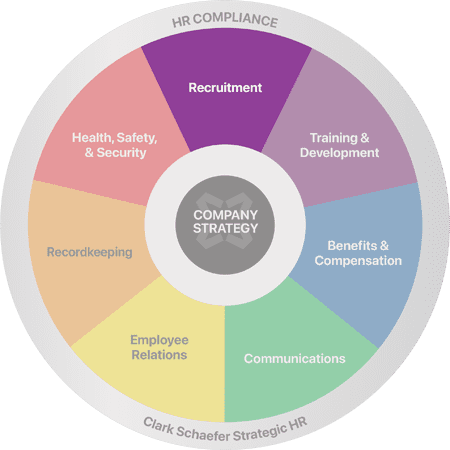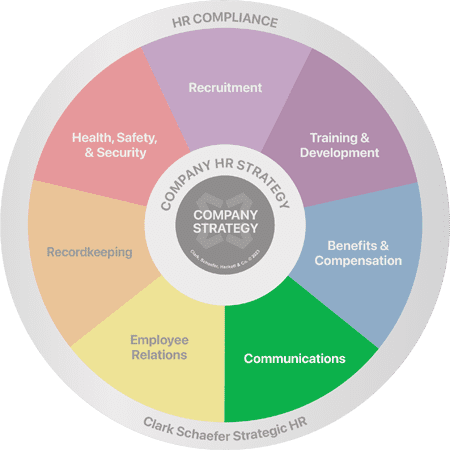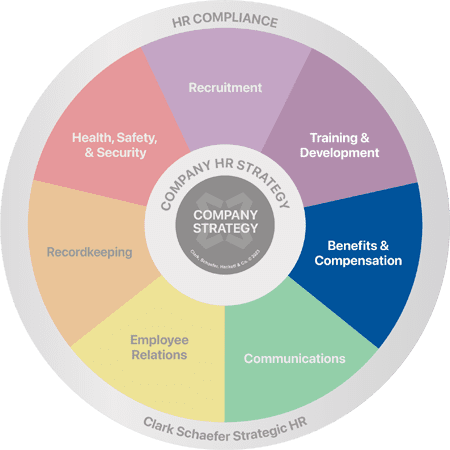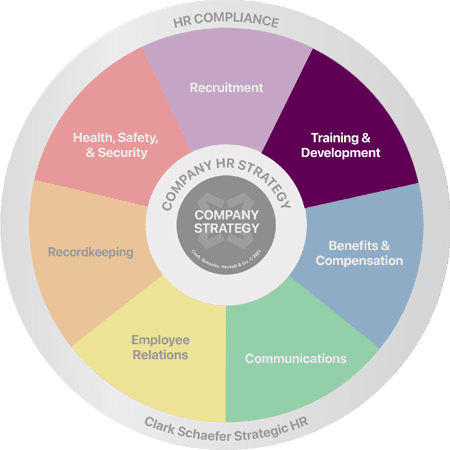How Can We Make DE&I Programs More Effective?
Last Updated on August 31, 2023 / Employee Relations

Diversity, Equity, & Inclusion programs (DE&I programs) that create a culture of inclusivity are key to attracting top talent, retaining employees, and developing an engaged and highly productive workforce.
The significance of Diversity, Equity, & Inclusion within the workplace is not a new concept. However, a growing number of businesses are researching and implementing these programs in an attempt to fix a multitude of issues, many of which have become more visible and prevalent in a post-COVID world. But not all programs have been received with equal enthusiasm. In fact, some DE&I programs have lacked the necessary support, failing from the start or long before positive impacts could come about.
Research from McKinsey and Co. has shown that companies with a more diverse workforce and leadership team are overall more profitable than their peers that are not. There are many factors that lead to this growth in revenue. Applicants are looking for a strong company culture to work in that values people and how employees contribute to a company’s success. This drives top talent to companies with well-developed inclusive cultures and improves retention amongst current staff. An engaged workforce tends to be more productive, and higher productivity generally means higher profitability. So, how have these organizations created such engaging and impactful DE&I programs, and how can you achieve similar results? In this article, we will highlight a few key foundational components that are critical to the success of any DE&I program.
Don’t Say It If You Don’t Mean It
Sincerity of purpose of a DE&I program from top leadership down is imperative for positive outcomes to occur. DE&I initiatives and the meaning and integrity behind them can be considered deeply personal, especially for employees that have been impacted by discrimination or microaggressions in the past. Employees expect leadership to be leading meaningful change by cultivating a culture of inclusivity, and not just bringing up the topic as a talking point.
This requires a certain level of participation by leadership and can be manifested in many different ways including:
- Developing, distributing, and living inclusive cultural values
- Updating policies to be more inclusive (e.g., Juneteenth as a holiday, adding paid parental leave, updating anti-harassment policies)
- Confronting unconscious bias
- Holding people accountable for poor behavior
- Creating a mentorship program specifically for underserved groups
- Leading by example in words and action
- Giving positive recognition when successes are achieved
Put Your Money Where Your Programs Are
No corporate program can succeed without business leaders’ and departments’ time, effort, and funding. This means consistent efforts, such as monthly speakers, regular workshops, community partnerships, and more. The most engaging DE&I initiatives with long-term positive impacts do cost time and money – time for your employees to coordinate and/or go through planned experiences; money to support training, marketing efforts, and partnerships; and time off to volunteer and make an impact in the community around your organization. With these efforts working to strengthen your organizational culture, it is time and money well spent.
Move Forward with Purpose and Measureable Outcomes
As with any strategic level project, having a well-defined implementation plan is key. To do so requires careful planning and the development of strategic goals that are clearly defined with measurable outcomes and target achievement dates. Once these goals have been agreed upon, assign specific objectives to groups within the organization. Leadership will be responsible for the overall direction of the DE&I roadmap of goals; however, everyone in the company can have a task assigned to meet specific aspects and have it tied to their performance metrics (e.g., Setting goals for hiring managers to interview diverse talent pools).
Also, ensure that the appropriate measurement tools are in place to track the progress to date. Many HRIS platforms allow for several important DE&I metrics to be recorded.
Leadership should communicate the goals to all employees within the organization, as well as the progress that is made every quarter. This communication and commitment to achieving the goals can increase engagement levels. In addition, having leaders advocating for diversity will assist in achieving these organization-wide goals – especially regarding recruiting and retention.
Ultimately, sincerity of purpose and strategic implementation are imperative to a successful DE&I program. Creating a culture of inclusivity takes time and consistent effort in order to have a meaningful, long-term, and sustained impact. By continuing to educate others and developing a psychologically safe space for everyone to work in, a business can feel the positive effects of higher productivity, retention, growth, and engagement.
Special thanks to Mary Mitchell, MBA, SPHR, CHRS for contributing to this edition of our Emerging Issues in HR!
Maintaining a productive, inclusive, and safe workplace is critical to the success of any organization, and incorporating effective Diversity, Equity, and Inclusion programs and initiatives is a necessary component. Learn more about how we can help you with DEIB programming to nurture your organization’s culture by visiting our DEIB Consulting Services page or Contact Us for help today.









